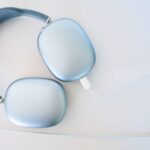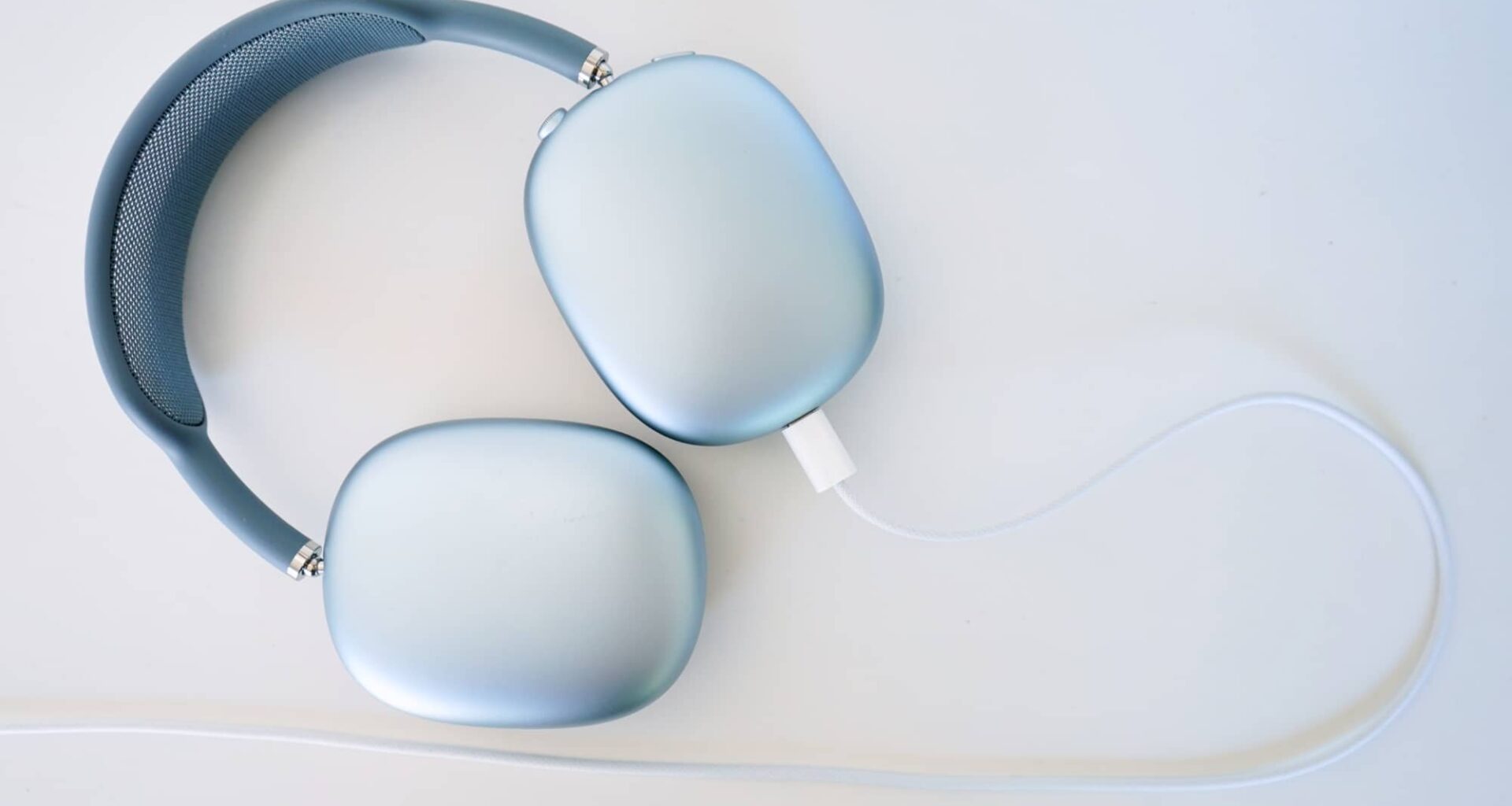Quick review
The good
The not-so-good
The revamped and refreshed AirPods Max USB-C change the most important thing Apple needed to update: compatibility with its own music services. And yes, they still rock.
I’m sitting here typing a review and feeling like a total fan of the album I’m indulging in. It feels like the headphones I’m plugged into are made for this very activity: wearing a shirt with the album art for Cannonball Adderley’s “Somethin’ Else”, which I’m also listening to.
And not just any release, but a high-res 24-bit 96kHz lossless release on Apple Music. The only way this could be better if it was vinyl, or maybe a 192kHz release, but you’d be hard pressed to work out the differences between the two.
I switch to “Beethoven Blues”, the brilliant title from New Orleans’ Jon Batiste and immerse myself in the combination of classical and jazz, the fusion driven in Atmos which orients itself to me as I shift my head, and I’m reminded what the AirPods Max is for: audiophiles after a premium experience from their headphones.
Yet that’s exactly what these headphones are for: listening to releases with a premium on quality listening to Apple Music.
Support for premium high-res sound is one of the main features Apple Music comes with. Lossless has been built-in for several years, as has spatial audio, both features on the AirPods Max. Both are big features if you want to venture beyond simply stereo. Not that there’s anything wrong with just stereo, but the AirPods Max USB-C offers you a trip beyond.
The new AirPods Max are very like their older sibling released back in 2020, except for one major change: they’re now far more compatible with the new USB port. And that’s exactly what these cans needed.
They look the same. They feel the same. They even sniff smell the same, arriving with the same $899 price point. Are the AirPods Max still worth the price of admission?
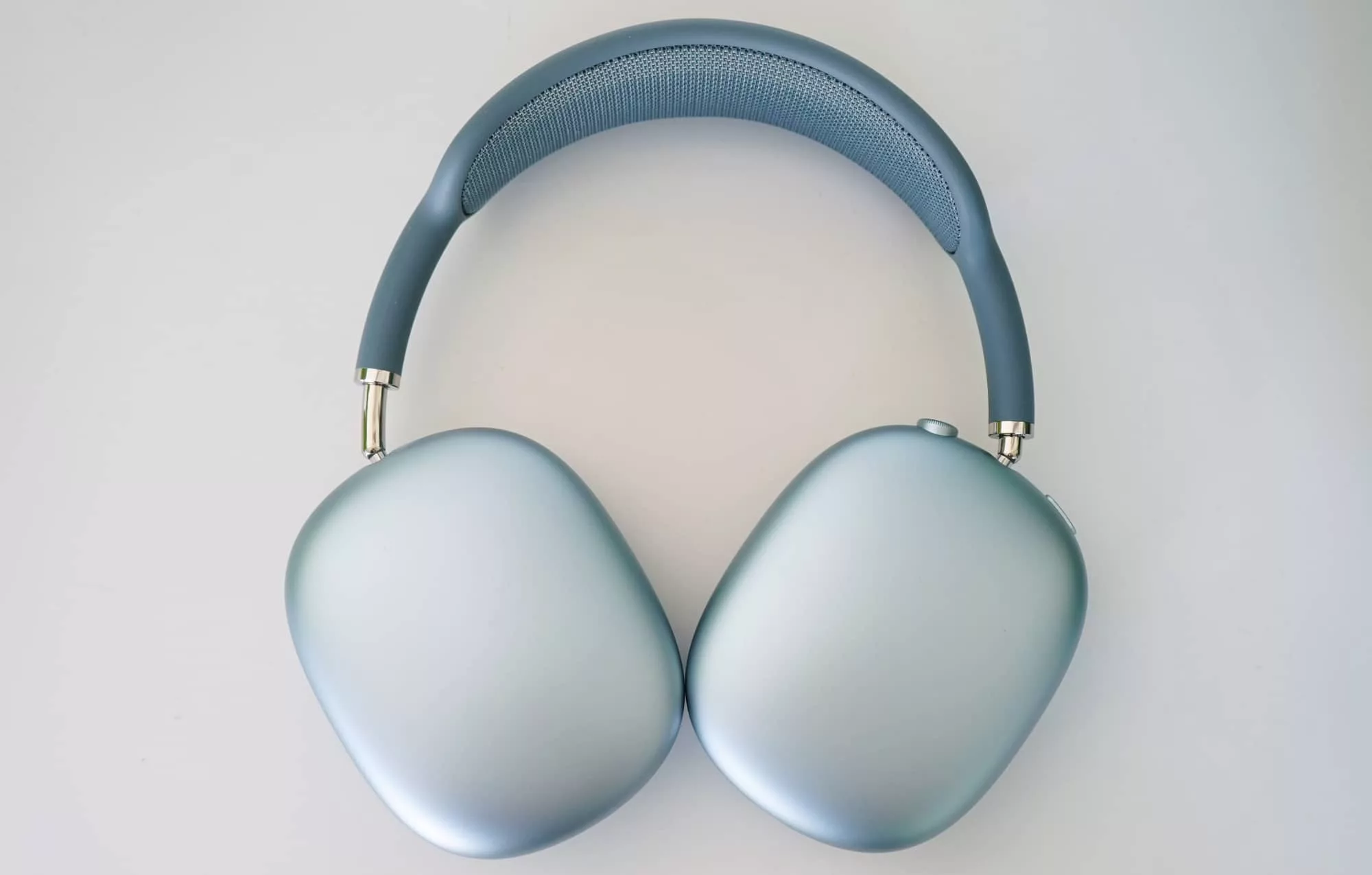
Design and features
It’s been a staggering five years since Apple launched the AirPods Max, a long time in the world of headphones. Designs change. Technology changes. Things typically change. But not for the AirPods Max, which are more or less exactly the same from when you last saw them, save for one major feature: the port has changed, as has support for plugging the headphones into a source.
That means you get the same aluminium headphone casing, the same easily replaced magnetically-mounted fabric pads, and the silicone head- and neck-band encased around metal arms holding the whole thing together.
Our AirPods Max review unit is blue like the first model we saw in 2020, but the blue has changed. The band is a lighter shade, as is the slim case Apple equips the headphones with, and even the headphone aluminium is a different shade.
Apple has changed something in the design, it seems, though you’d never realise that it was the colour, even ever so slightly.
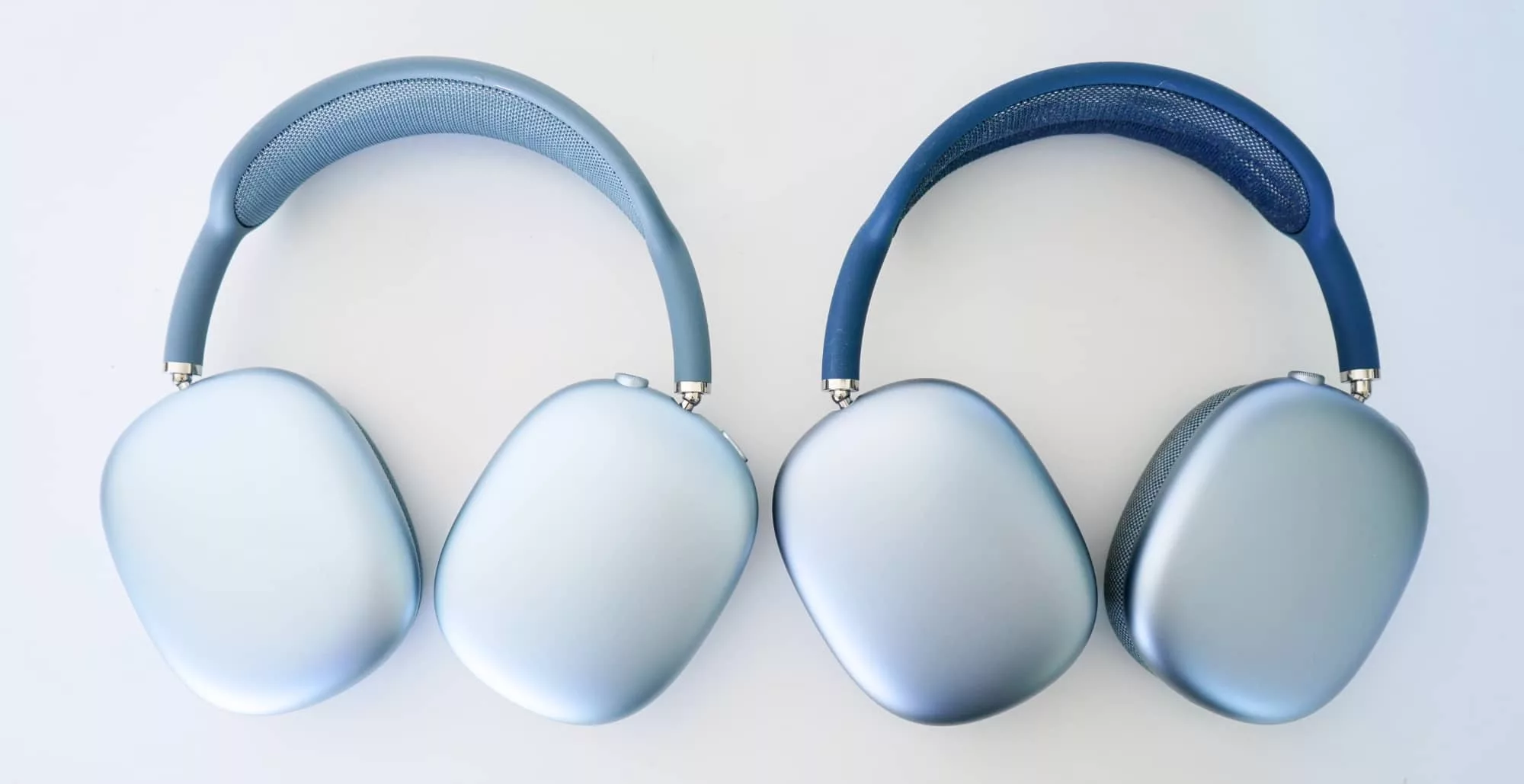
In-use
The controls, however, stay the same, with two buttons to use.
- The digital crown borrowed from the Apple Watch for volume when you turn it, while pressing it once pauses and plays your music, and pressing it twice skips a track forward while three times goes back. And,
- The main button next to it for switching between noise cancellation and transparency mode.
That isn’t a whole heap of controls, but they are easy to use and work out, with the dialling in of volume perhaps the easiest. Dial up the volume and dial down the volume. It’s like using a volume knob, only on your head.
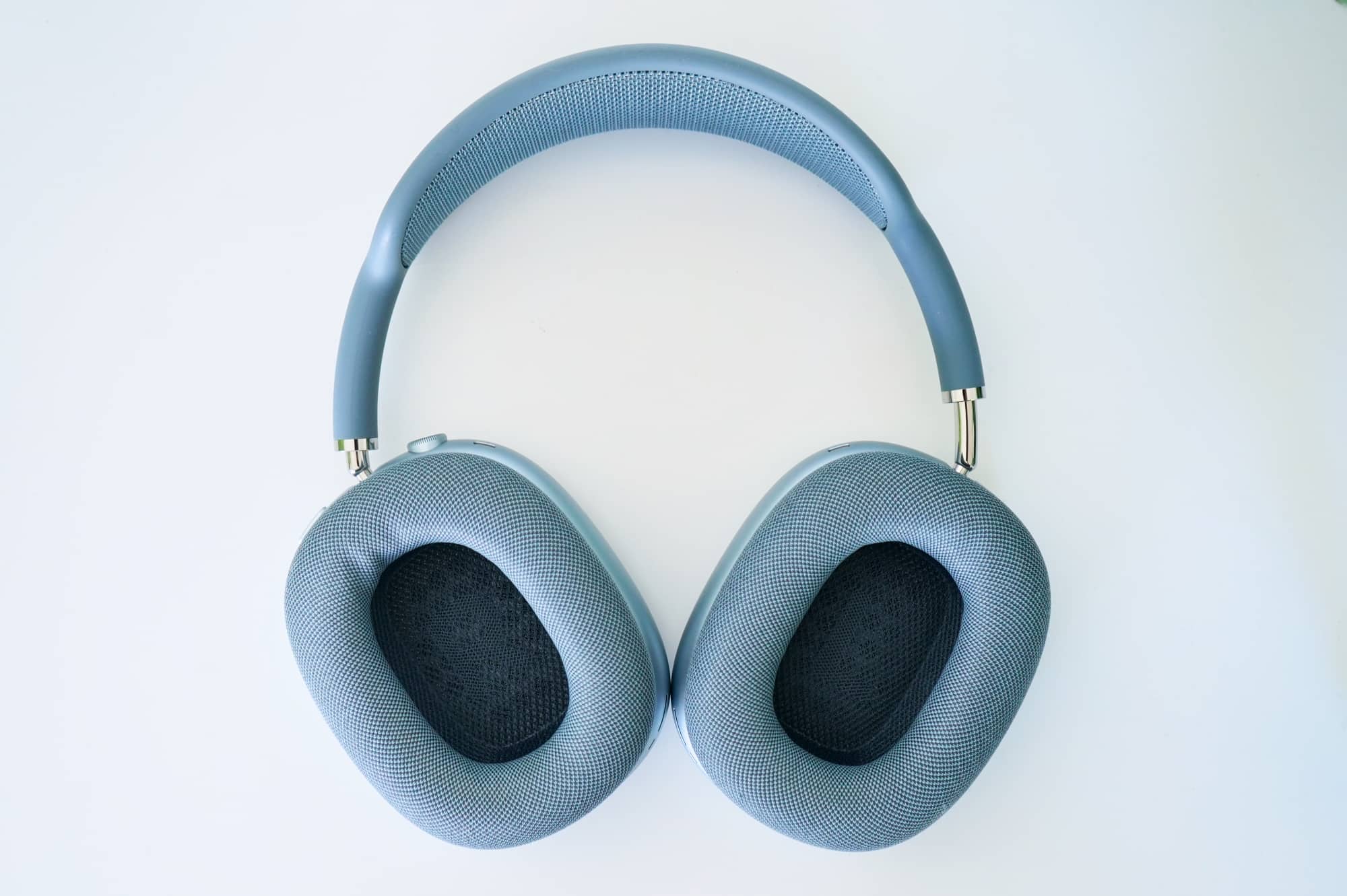
Wearing them is easy; the fabric pads of the AirPods Max are spacious and comfortable, and you can even replace them if you need to thanks to Apple’s love of magnets.
Pairing the headphones is almost as easy — iPhones will even connect the cans to anything connected as part of your account, so when you bring the AirPods Max out near a Mac or iPad you might own, they’ll connect immediately. Alternatively, you can plug a USB-C cable in, making a departure from previous pairs of AirPods.
Performance
Whichever you choose, wired or wireless, you’ll be able to get stuck into sound in one of two ways: stereo or spatial.
Like all headphones and speakers reviewed at Pickr, we’re testing the AirPods Max USB-C with our stereo sound test which you can hear for yourself on Apple Music, Spotify, and others.
As usual, that starts with electronic, and a familiar balance we’re sure we’ve heard before in the first generation of the headphones.
The drop in Tycho’s “Glider” that starts our listening off has such a solid punch, you can almost feel it. Meanwhile, the rest of the track is balanced, with the bass hardly overpowering. Daft Punk keeps that going with punchy bass, hitting where it needs to, but leaving room for the mids and highs. Strong and balanced seems to be the way Apple is going here, and that reminds us of the first pair.
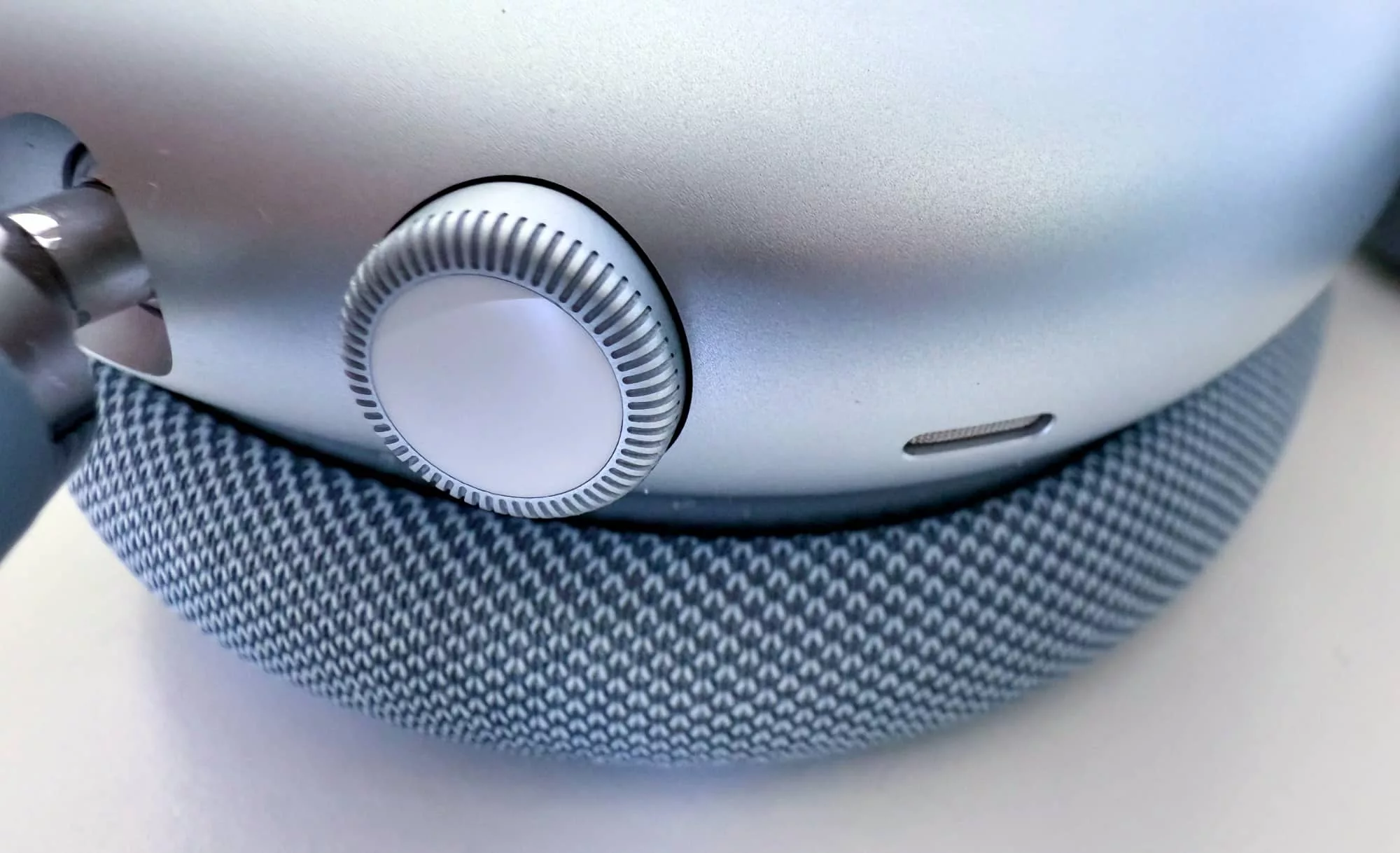
The balance is consistent across most music: Ariana Grande’s “Into You” provides a nice bold sound while letting the vocals and instrumentation in the highs and mids stand together, while Marvin Gaye’s “Ain’t No Mountain” is wide, spacious, and very clear.
The AirPods Max USB-C lack the warmth of some other headphones, particularly those trying to be speakers, but essentially deliver the music in a balanced way.
You can hear it in rock where the bass drives hard where it needs to, while holding steady on the other areas. It’s there in jazz and classical, providing beautifully rounded double bass and drums, while always sure to deliver the higher instruments with absolute clarity.
And the soundstage, that’s something, too. In Rage Against the Machine’s “Take the Power Back”, you can almost hear the spittle fly amidst the vocals, the sensation and delivery of the stage is so clear, while the expert engineering of tracks from The Beatles and David Bowie delivers the clarity each communicates.
Every instrument, every position. It’s brilliant.
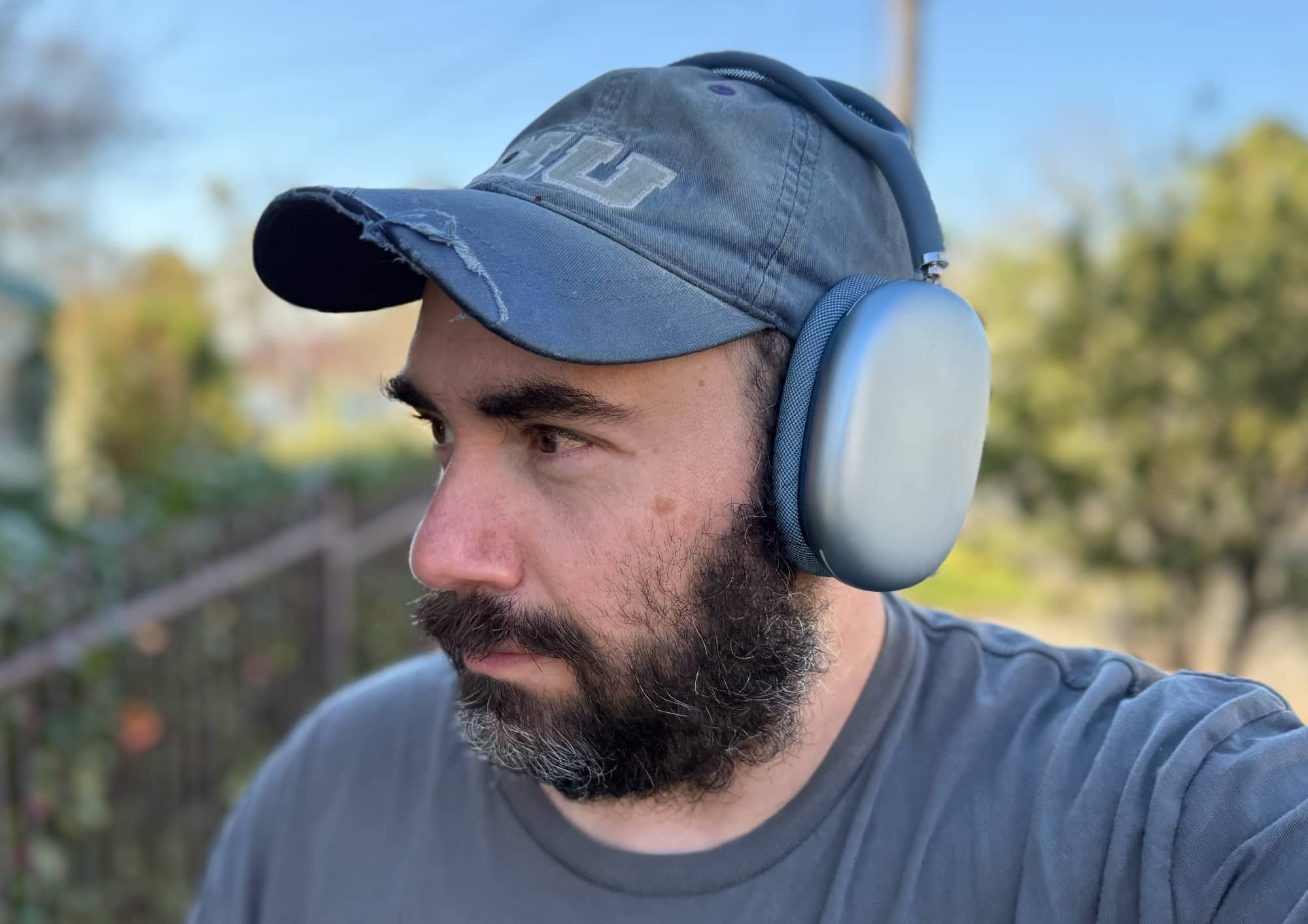
Noise cancellation
Very few headphones over the $500 price point come without noise cancellation, and the AirPods Max are no different. They come equipped with active noise cancellation, but interestingly, that hasn’t changed at all. Not one bit.
Technically, the AirPods Pro have seen a noise cancellation upgrade in that time, having been upgraded back in 2023, but the AirPods Max have just left things where they were in 2020.
That means the ANC is acceptable, but not mind-blowing, and certainly not to the level of adaptive technology in the AirPods Pro 2nd-gen. You’ll get a total of eight microphones for the noise cancellation, but not the 12 microphones in Sony’s WH-1000XM6.
Much like the megapixel myth, the number of mics doesn’t determine the best noise cancellation mode. However, the algorithms and tech on-board here don’t support adaptive active noise cancellation like on the AirPods Pro 2, and it shows.
The AirPods Max are great for travel and the obvious hums, but the system isn’t automatically adapting to all the sound it picks up on. Newer headphones do a better job of quelling the world, that’s for sure.
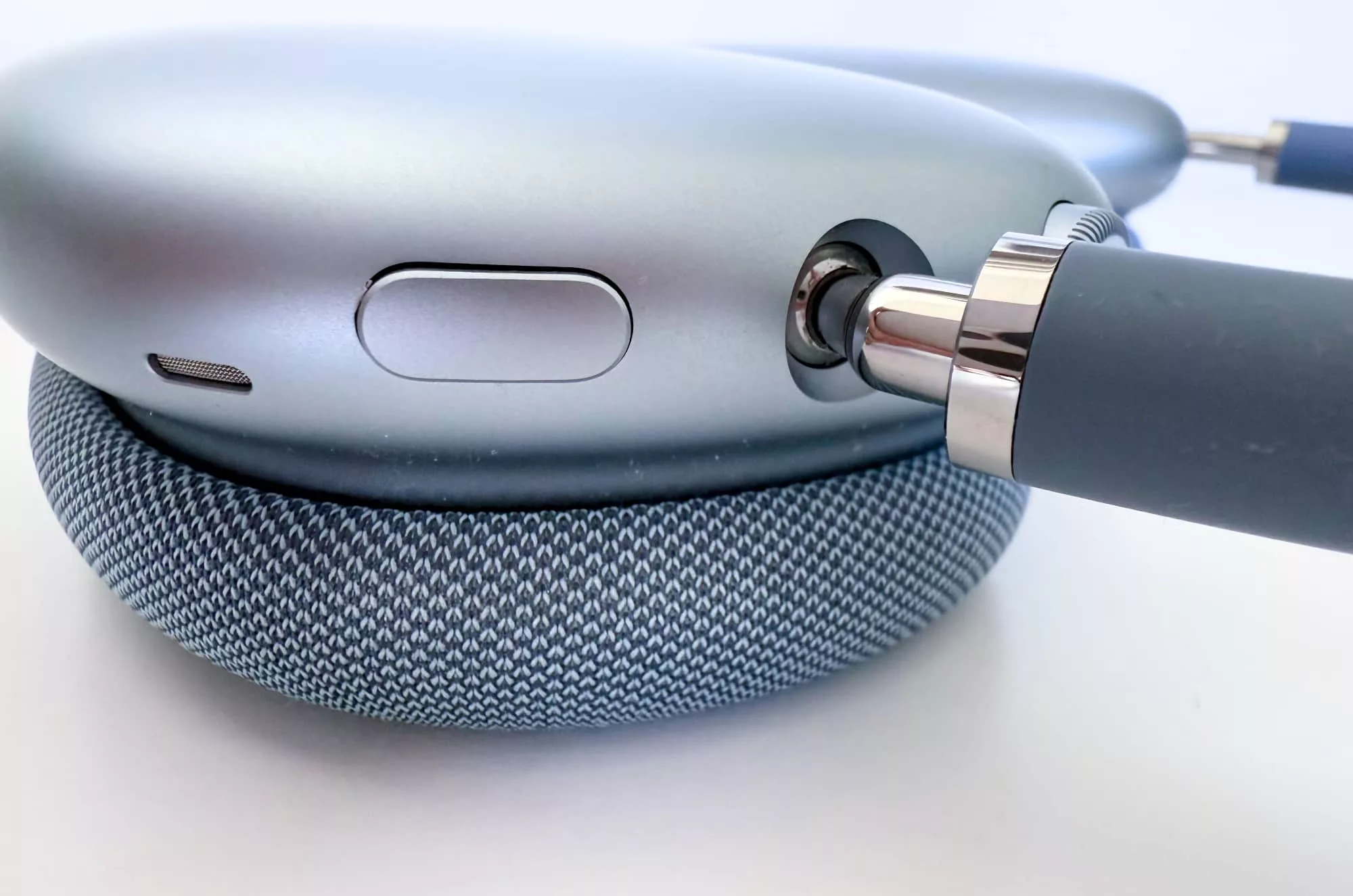
Spatial audio
One area Apple does have a lead on is spatial audio, provided you use Apple Music on an iPhone or iPad, or even maybe a Mac.
For several years now, Apple has supported head-tracked spatial audio with Dolby Atmos, providing a massive library of audio made specifically with an Atmos soundtrack, and allowing the music to orient around your head as you move. It’s a more dynamic soundtrack than simply two-channel stereo, and can change the face of what you’re listening to.
I still find myself marvelling at some of the engineering in Atmos tracks, and have a list of ten great Dolby Atmos albums for anyone with a pair of supported headphones and earphones to check out on Apple Music.
You can use the AirPods 4 or even a recent pair of Beats to try it out, or you can equip yourself with Apple’s most expensive pair of headphones to listen to head-tracked spatial.
The AirPods Max are the perfect pair of spatial headphones, because the driver is bigger, the earcup encompassing, and the head-tracking near perfect. We don’t use the term binaural audio enough — the idea of sound played back as if it was recorded by your ears — but the combination of size and technology makes the AirPods Max the pair of headphones to listen to spatial with.
No one does spatial this good. Just try and take them off this reviewer. I dare you.
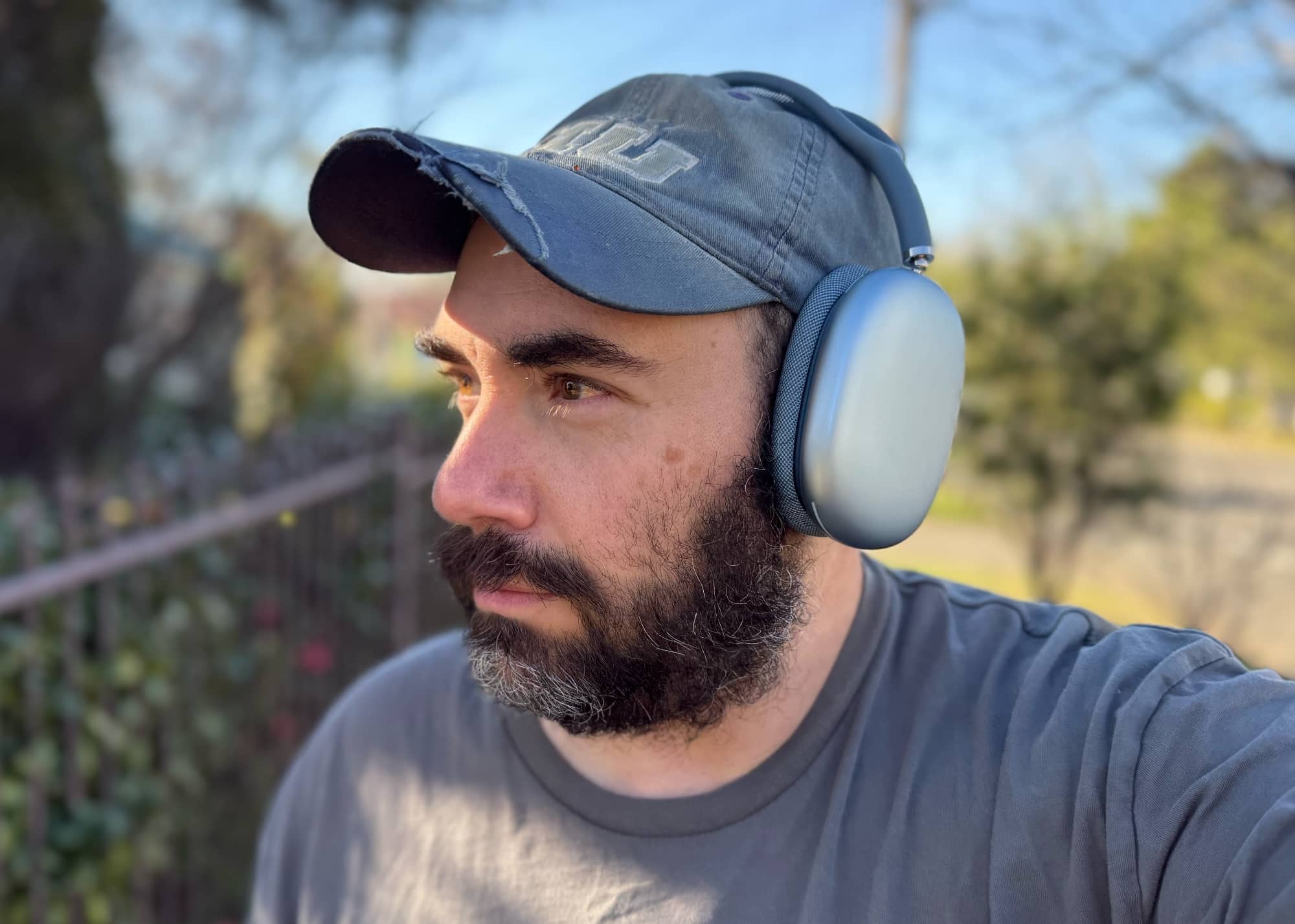
Lossless USB-C sound
The biggest feature in the AirPods Max USB-C edition is something a little extra, almost a lagniappe if we’re sticking some of the phrasing in line with that Batiste album we’re still indulging in. Apple didn’t have to provide USB-C audio; it could have just changed the Lightning port to USB-C and moved on. We’re getting both, and that’s great.
Plug the Max into a computer using a USB-C cable and you’ll get support for up to 24-bit and 48kHz. That’s certainly some high-res audio, even if it’s not quite the maximums of 176 and 192kHz we like to see.
Some releases certainly go up that high, and one of our favourite recordings is a 24-bit/192kHz version of the Miles Davis classic “Kind of Blue”. That can play here, but only at a maximum of 24/48.

For many, this will be fine. There’s always a bit of a question mark looming over whether anyone can tell the difference in varying levels of high resolution audio, and the difference between 48kHz and 96kHz and 192kHz certainly fits this bill. You may not experience the difference even if it’s played.
But there is a clear difference between CD quality’s 16-bit 44.1kHz audio and high-res at 24-bit 48kHz, the format the AirPods Max supports. You can hear a little more from the instruments and a little more from the recording.
If you’ve never experienced high-resolution audio before, this is a little exciting, much like how hearing spatial audio for the first time feels, only less interactive.
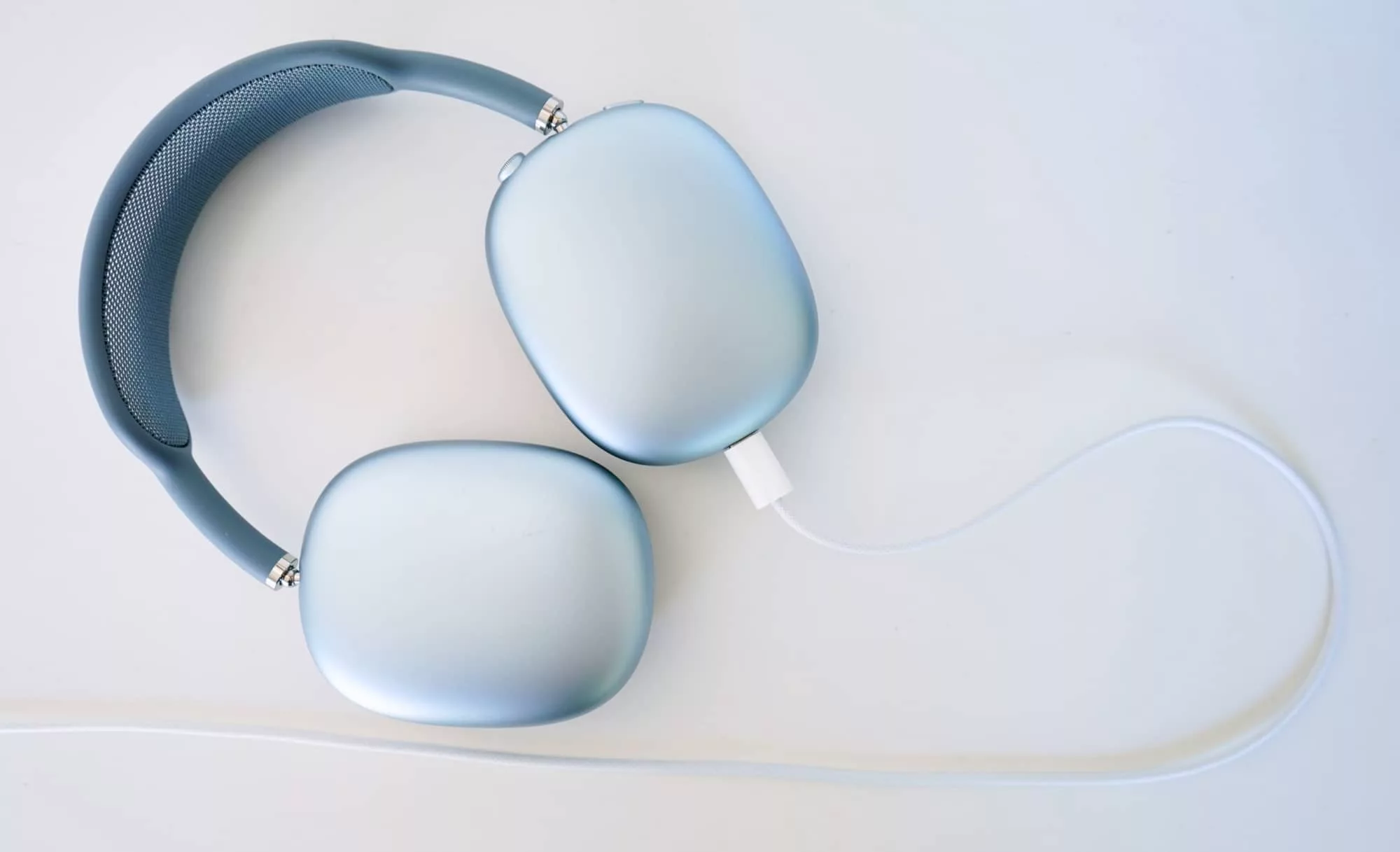
USB-C to 3.5mm
There’s another aspect the USB-C AirPods Max brings to the table, though its use mightn’t be handy for everyone: a 3.5mm connection. Or at the very least a way to get the AirPods Max to play nicely with high-res media players.
Thanks to the support of USB, Apple now has a USB-C to 3.5mm cable that you can use with the AirPods Max USB-C. That means if you have an external media player or even an external sound card, you can plug your headphones straight in. That’s a slight win.
Unfortunately, there’s no direct 4.4mm or 6.35mm cable, meaning nothing a little meatier for hefty sources like a big high-res Walkman or even a mixer. You’ll have to settle for 3.5mm, which is admittedly better than nothing.
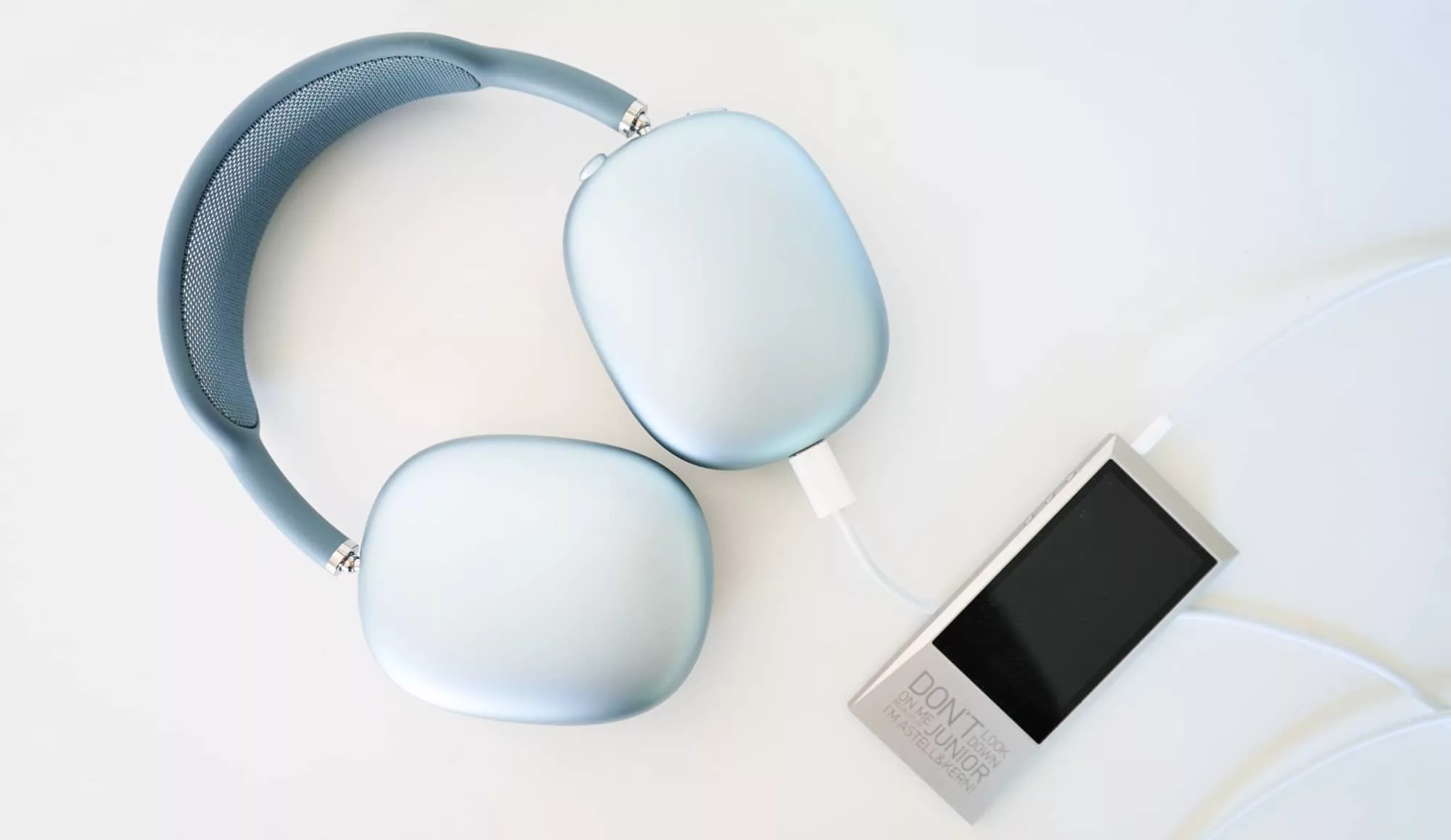
Battery
An upgraded approach to sound with wired and wireless is great, but you won’t get an upgrade on battery life in the AirPods Max. That largely remains the same, with 20 hours of wireless sound with the ANC switched on, which it is by default. Interestingly, Apple doesn’t measure battery life with noise cancellation off like some other brands, so it’s 20 hours in wireless.
However, because the AirPods Max USB-C also support being plugged in over USB-C, you also could potentially get more battery life provided you can keep your iPhone, iPad, or Mac charged the entire time.
Plugging in the AirPods Max not only provides music over the USB cable, but also charges the headphones up. Provided you keep them plugged in, you could get more life, you just have to live with the cable.
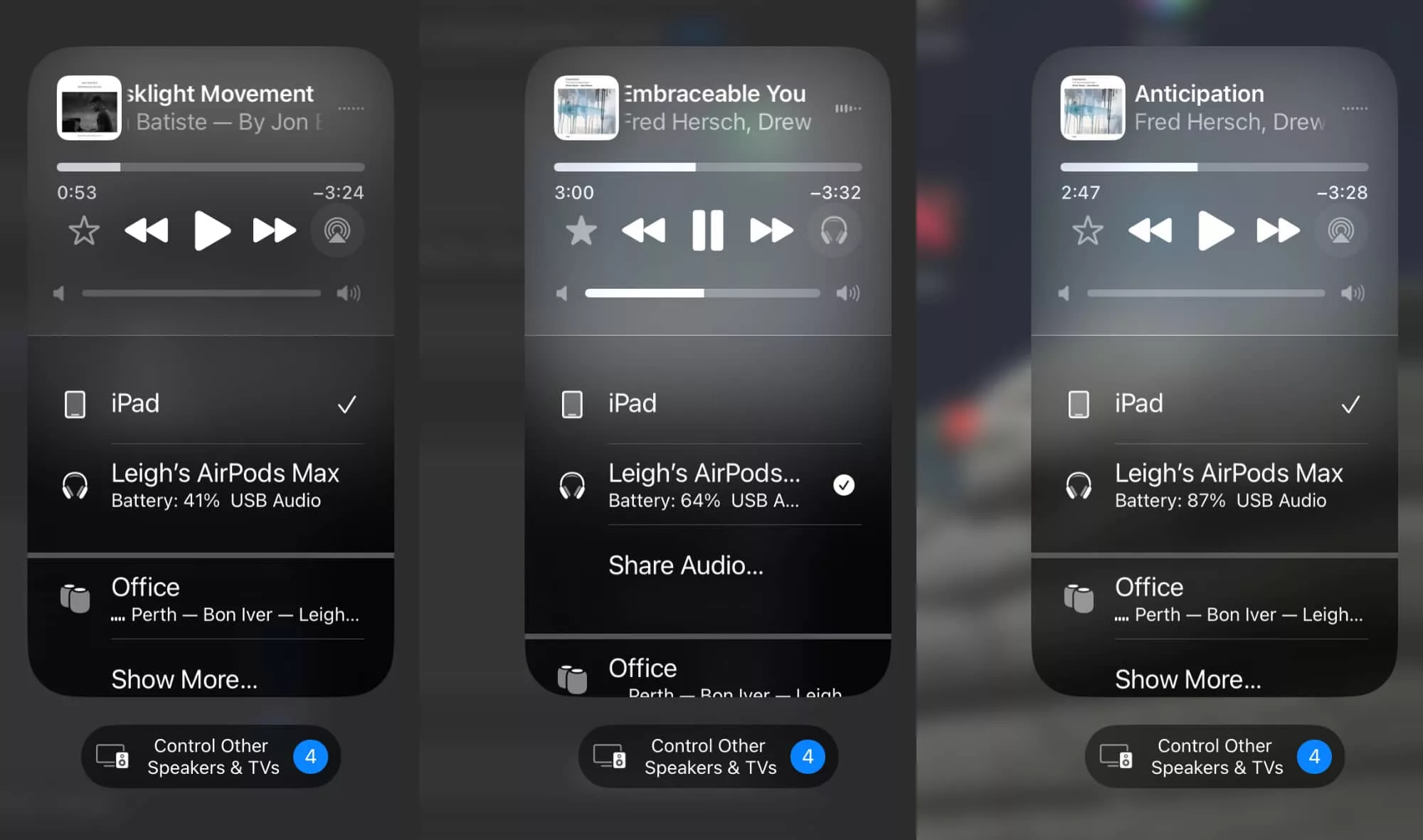
Value
You also have to live with the price, which stays the same at $899. And yep, these are pricey headphones. We kind of expect that — Apple makes premium gear — but $899 for what is ostensibly a minor upgrade still feels like a surprisingly hefty price.
Audiophiles could easily make the case here: the near-$900 price tag may be high, but there are more expensive headphones out there that aren’t designed nearly as well, or even support that neat spatial approach to sound.
However, they’re definitely more for folks in the Apple world than anyone else. The headphones are meant to play nicely with an iPhone, iPad, and Mac, and handle Apple Music better than the likes of Spotify, Tidal, or YouTube Music, thanks to spatial audio only working on Apple’s music service.
If you’re considering the $899 price of the AirPods Max, know that you also need to factor in all the other Apple gear you need in your life. You may already have it, in which case, amazing, but if not, it’s another factor or two worth considering.
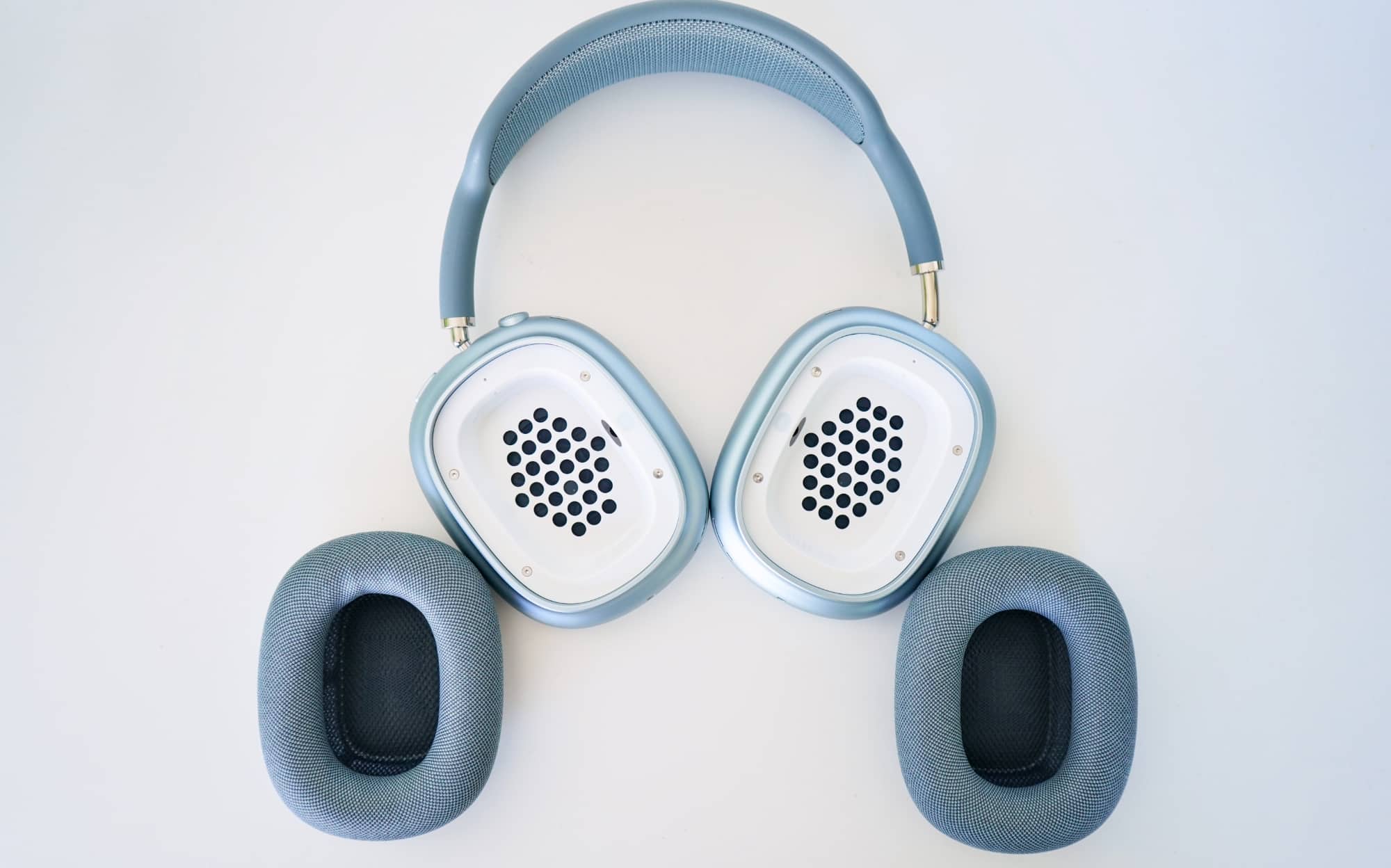
What needs work?
The price notwithstanding, the inclusion of USB-C audio is definitely welcome, but it still feels a little restrained. Almost as if Apple made the change and didn’t go the extra mile.
Plug the headphones in, and you’ll get USB-C lossless, that’s true. But it will max out at 24-bit and 48kHz, which is barely the definition of high-resolution lossless.
If you bring a better digital-to-analogue converter, you’ll find up to 192kHz on offer, such as with an Astell & Kern converter, as well as the THX Onyx USB-C dongle.
This is a point worth tackling if only because the Apple Music service designed to work with the AirPods Max USB-C also offers lossless audio at a higher bit rate than the maximum afforded by Apple in the AirPods Max USB-C.
Whether or not you can hear the difference isn’t really the point. The fact that Apple has limited the output to much lower than what even tracks in its own library provide is just a little surprising, and not in a good way.
Oh, and you still don’t get a real case. A proper bit of protection would be welcome, not this tiny slip of fabric that barely covers the metal ear-coverings. This isn’t a real case, Apple.
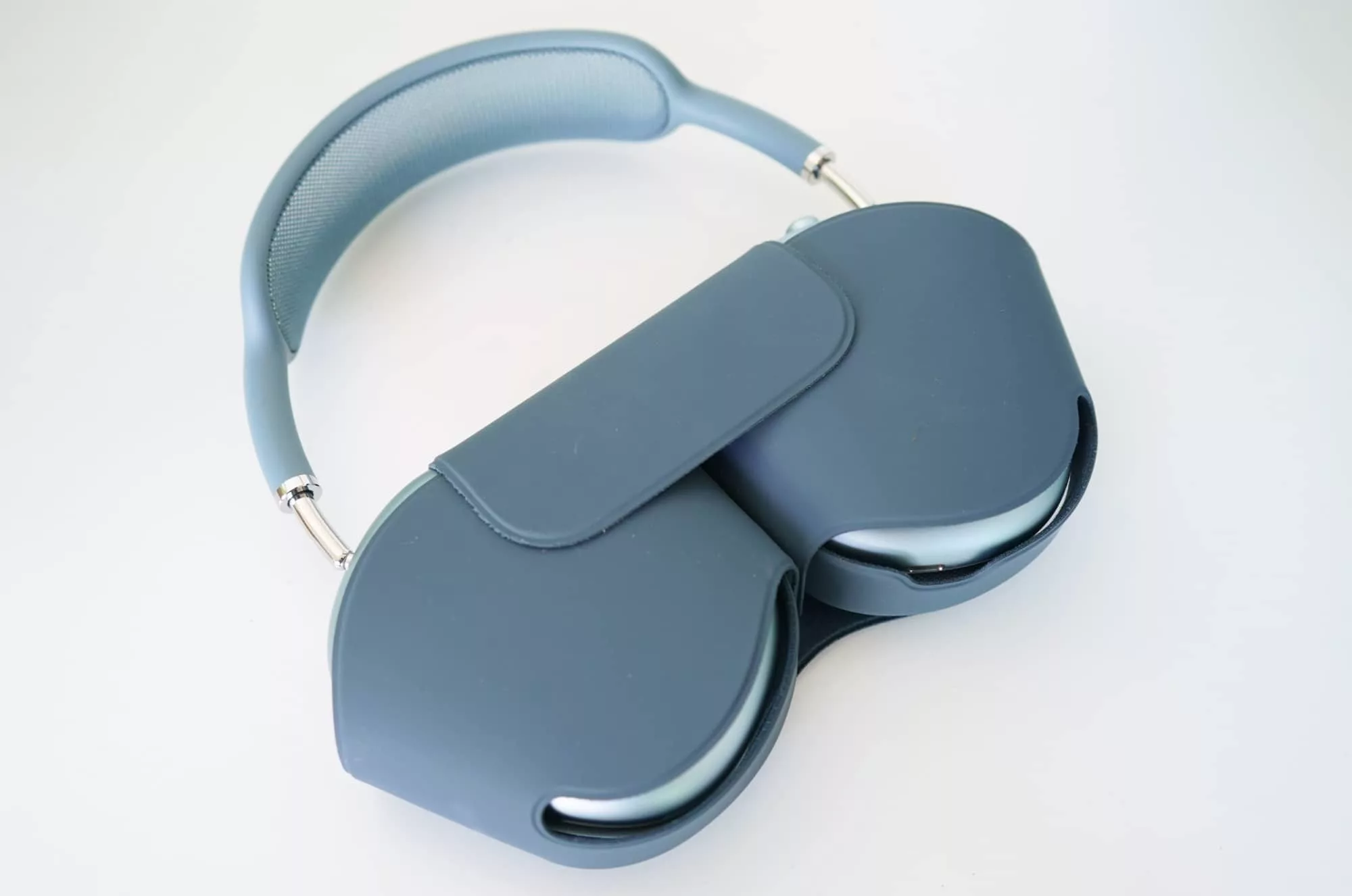
What we love
But the sound is exceptional all the same. Sitting here listening to the emptiness of a double bassist plucking strings in a quiet room, only to have other instrumentalists chime in, the overlapping of piano and light percussion, the clarity and spatial awareness of the excellent soundstage inside the AirPods Max is inspiring.
These are breathtaking headphones. Balanced yet breathtaking. The delivery is superb.
Could Apple have improved the noise cancellation? Yep, definitely. And should Apple have included a better case. No questions there, either.
But does it matter for audiophile-level sound if you’re listening via Apple Music? Probably not. The combination of lossless and spatial support makes the AirPods Max USB-C a winner if you live in the Apple ecosystem.
They’re almost a love letter to music, and to those who want to experience it wholly, immersing them entirely.
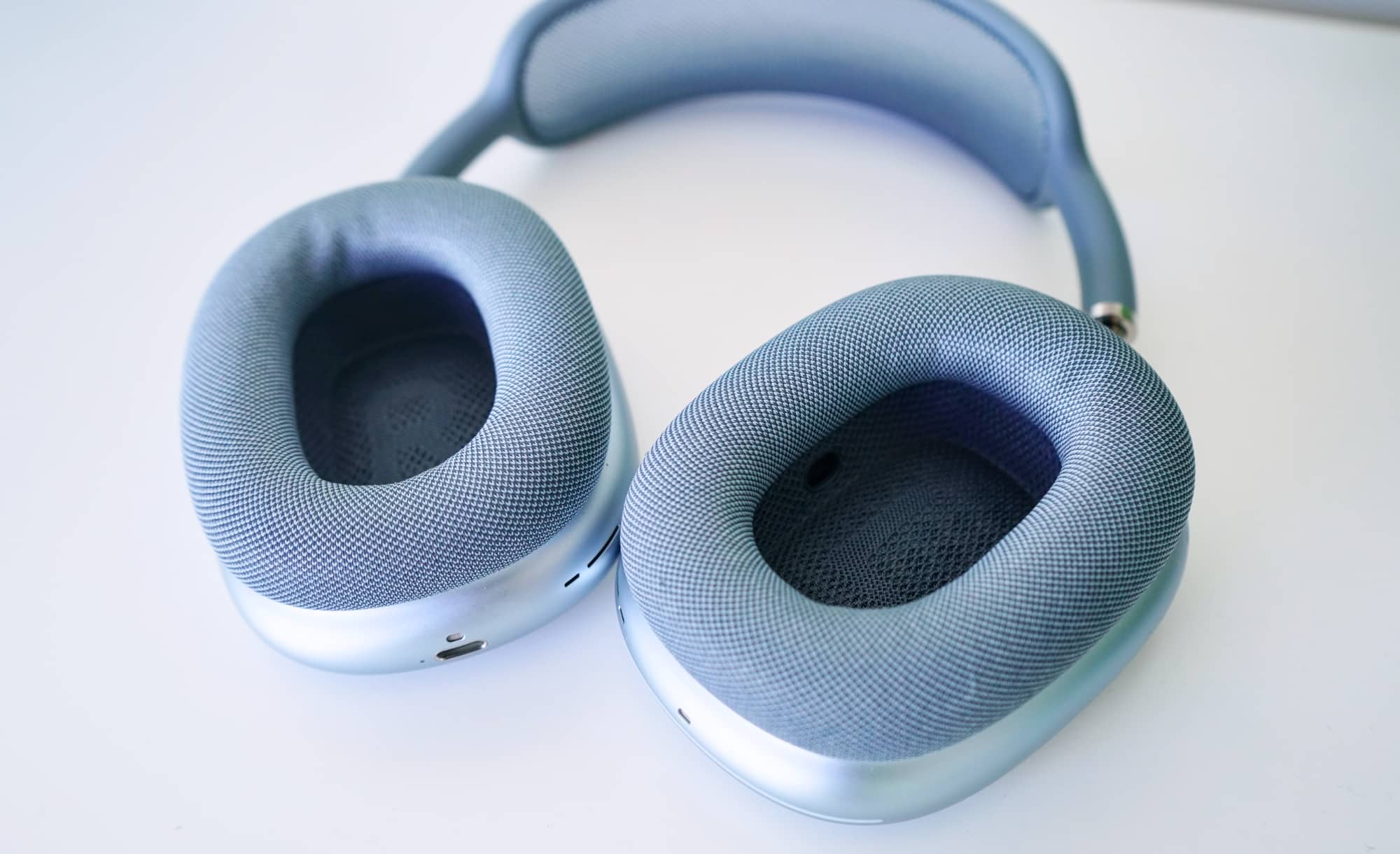
AirPods Max vs the competition
In terms of high-end headphone competitors, the AirPods Max has competition, some of which is seriously good.
When it comes to better active noise cancellation, both the Bose Quiet Comfort Ultra and Sony WH-1000XM6 are the winners to consider, both of which have Spatial Audio, but in unusual ways. Bose supports a virtualised head-tracked spatial audio that simulates the sound based on the stereo delivery, while Sony only works with 360 Reality Audio.
But they both sound excellent, and if you need an extra pair to consider, Sennheiser’s Momentum 4 is definitely there. The battery life on that model is a little more than double what Apple gets.
Above these flagship models, Bowers & Wilkins has a pair or two worth considering, as does Focal with the Focal Bathys, a pair that forgoes spatial, yet includes support for USB-C high-res audio as up to 24-bit/192kHz.
In short, Focal has more bandwidth for its USB-C audio than Apple saw fit to include in the AirPods Max, a fact we’re a little confused by.
Alternatively, if you need a high-res sound but want to forgo digital headphones, you may want to grab a small DAC, and then plug in any pair of great wired headphones. It’ll be a similar experience.
That’s what Apple is competing with here, pairs of headphones that are focused primarily on the audiophile world. Lots of choices, and lots of gear.
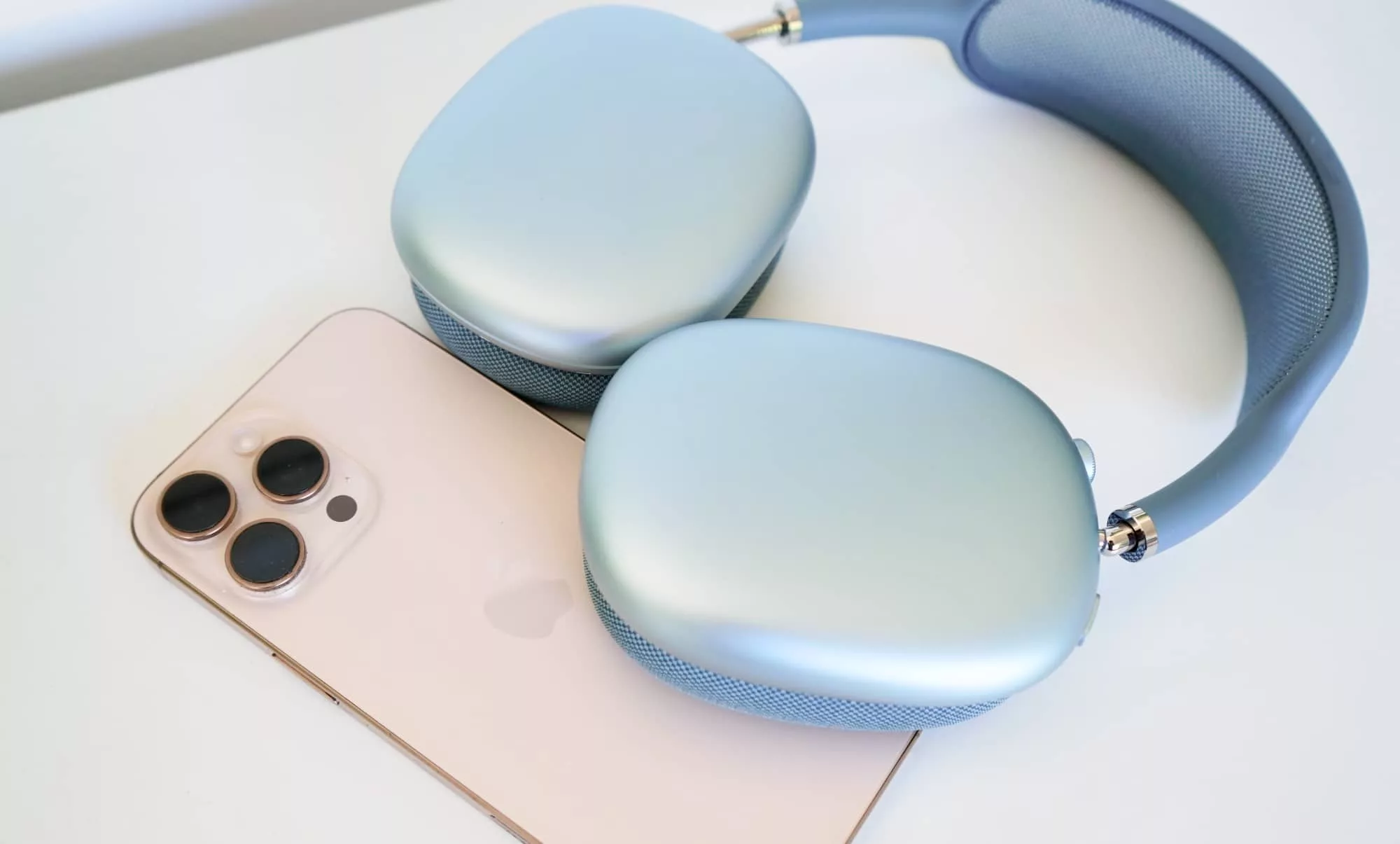
Final thoughts (TLDR)
There’s clear competition with the AirPods Max, and five years later, the second-generation isn’t as much an upgrade as it is a dot release. It’s a minor change fixing what Apple should have provided in the first place. Lightning was an odd choice back in 2020, but five years on, it needed to move on, and here we are.
The past five years, I have lived in the blue AirPods Max so much, I think I’ve worn out the Lightning plug. They’re just that difficult to charge. Now with the new pair marginally better with USB-C audio supported, I know I’m going to end up living in this pair at times, too. It’s a foregone conclusion.
You only have to look at the discolouration on the previous generation to see how much use the AirPods Max gets in this house.
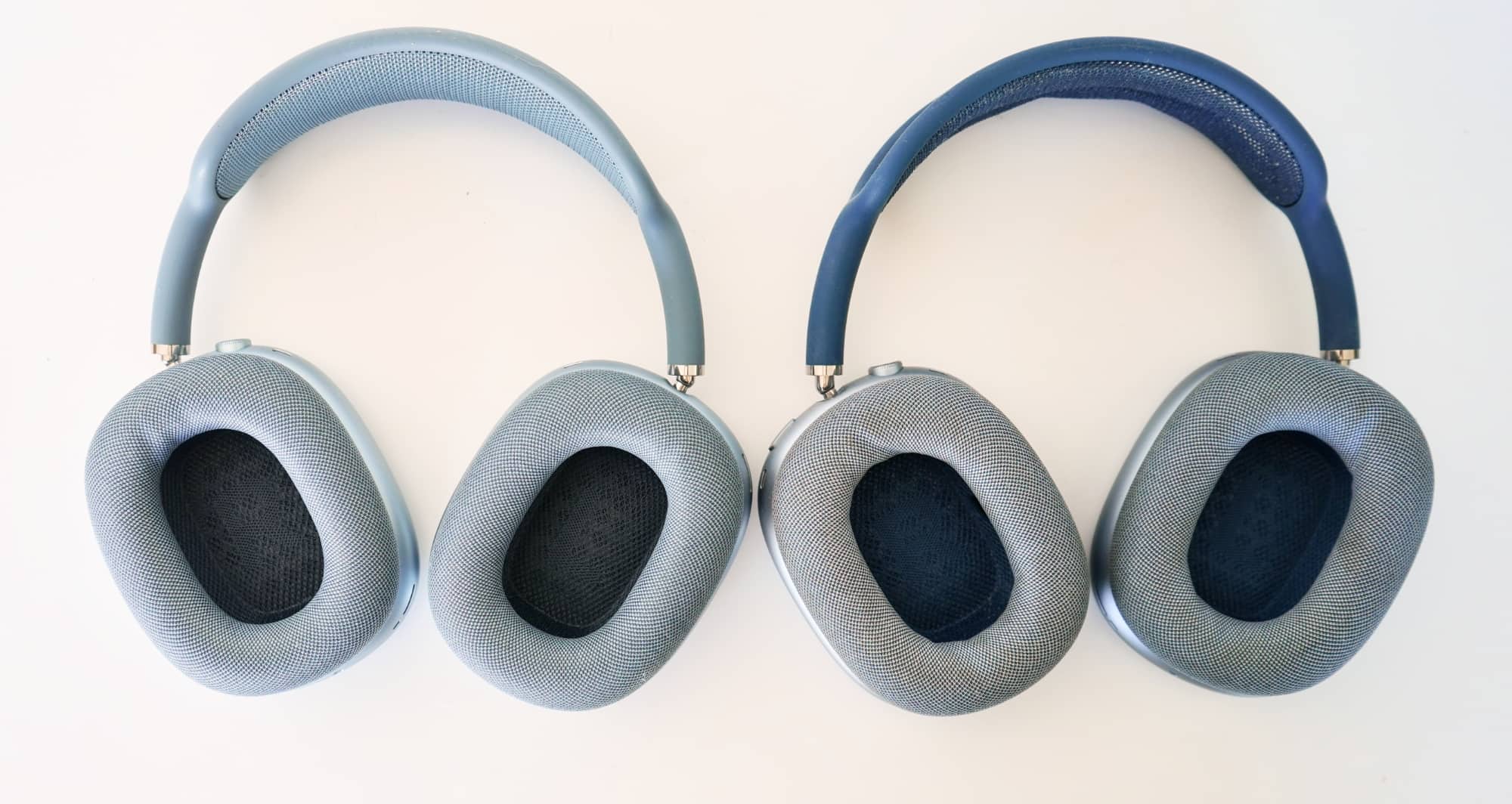
And sure, there are better headphones for various reasons: the Sony WH-1000XM6 has among the best sound you can find while the Bose Quiet Comfort Ultra headphones deliver premium adaptive noise cancellation. Focal has the lead in the quality of its USB DAC, and the Sonos Ace integrate better with a home theatre system than any other pair of cans you can find.
But then there’s what Apple brings to the table in the AirPods Max, a fact I’m reminded of as I listen back to Batiste’s “Beethoven Blues” and Cannonball Adderley’s “Somethin’ Else” and Dave Brubeck’s “Time Out” and The Beatles’ “1” and Dua Lipa’s “Future Nostalgia” and then a little more Batiste for good measure.
Frankly, I can’t wait until someone releases an actual Atmos version of him playing Green Day’s “Holiday”, but I’ll also happily jam out to Green Day’s “American Idiot” album in spatial until that happens. And countless more found on Apple Music.
These headphones are just so fun, so vibrant, so inviting, and so easy to stay wearing because of what they offer and how they sound.
In short, Apple’s AirPods Max are an excellent combination of sound and technology that’s unmistakeable. They may not be perfect, but they’re damn good if you subscribe to Apple Music. Recommended.
